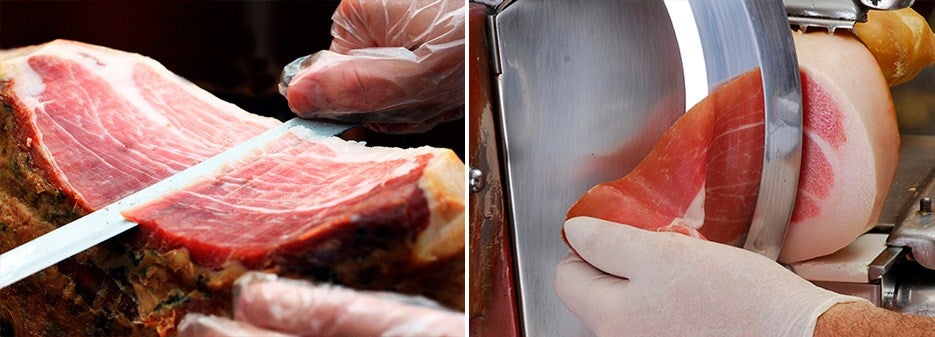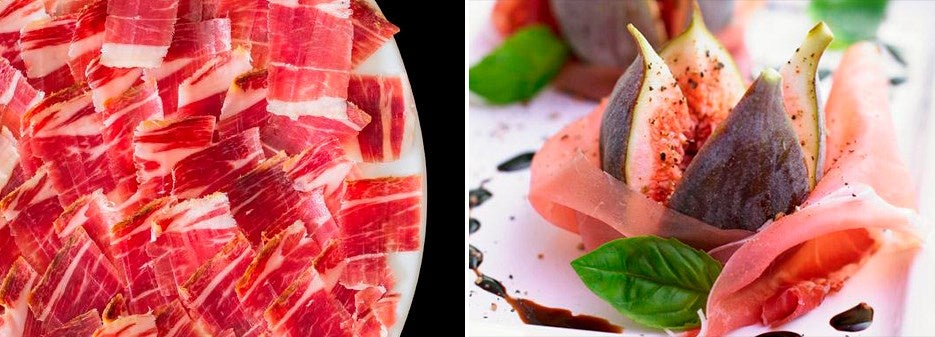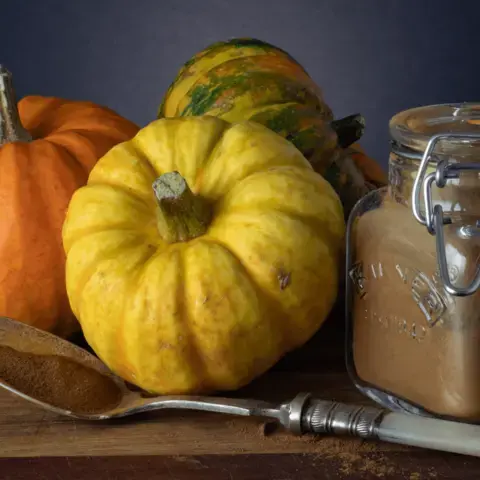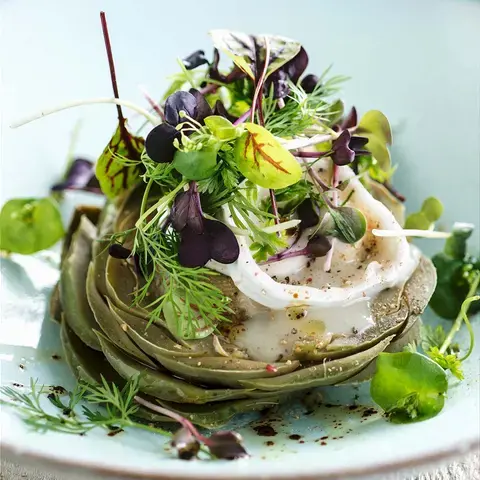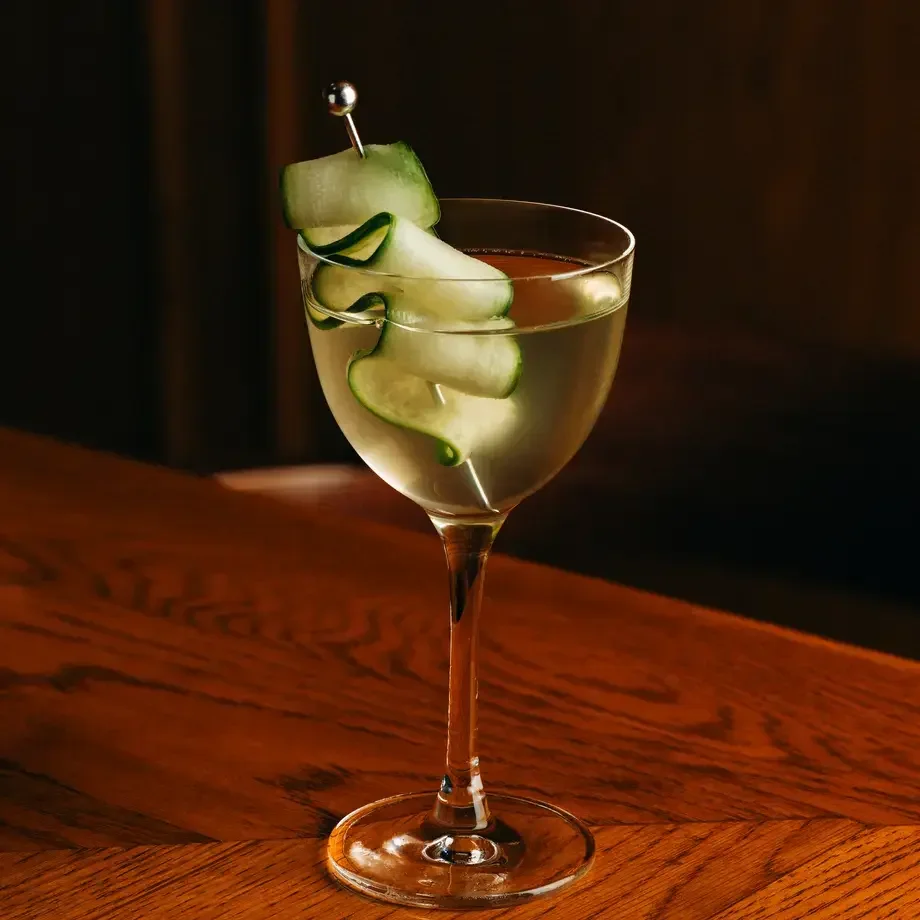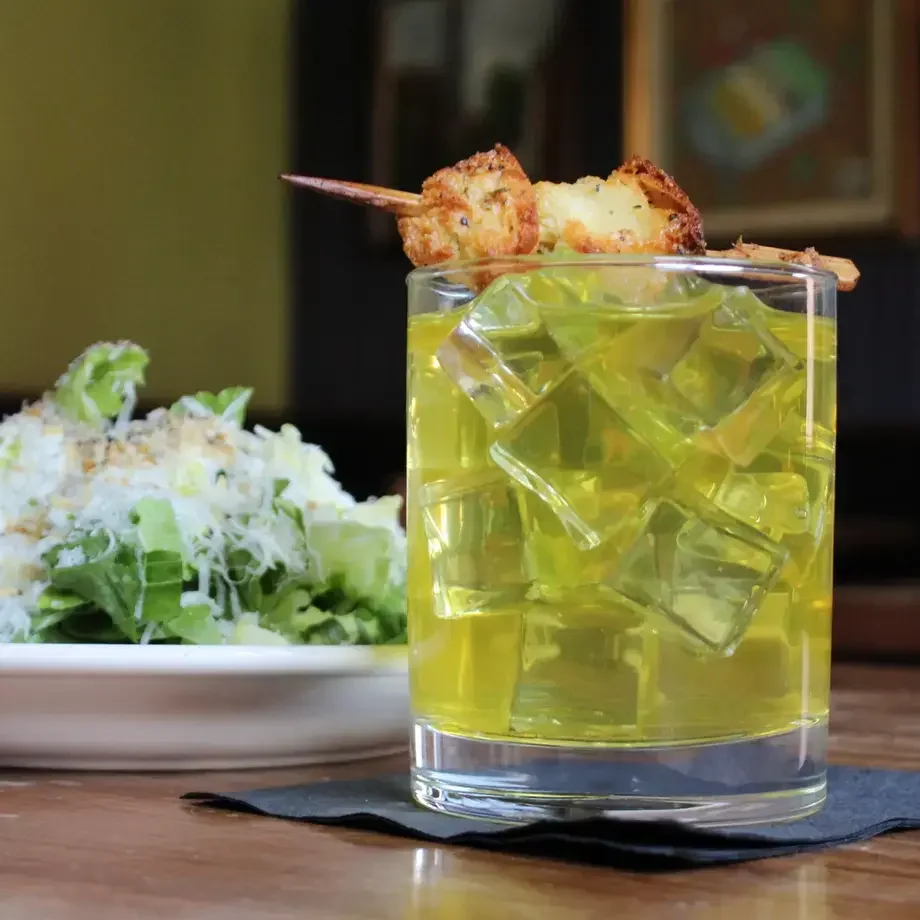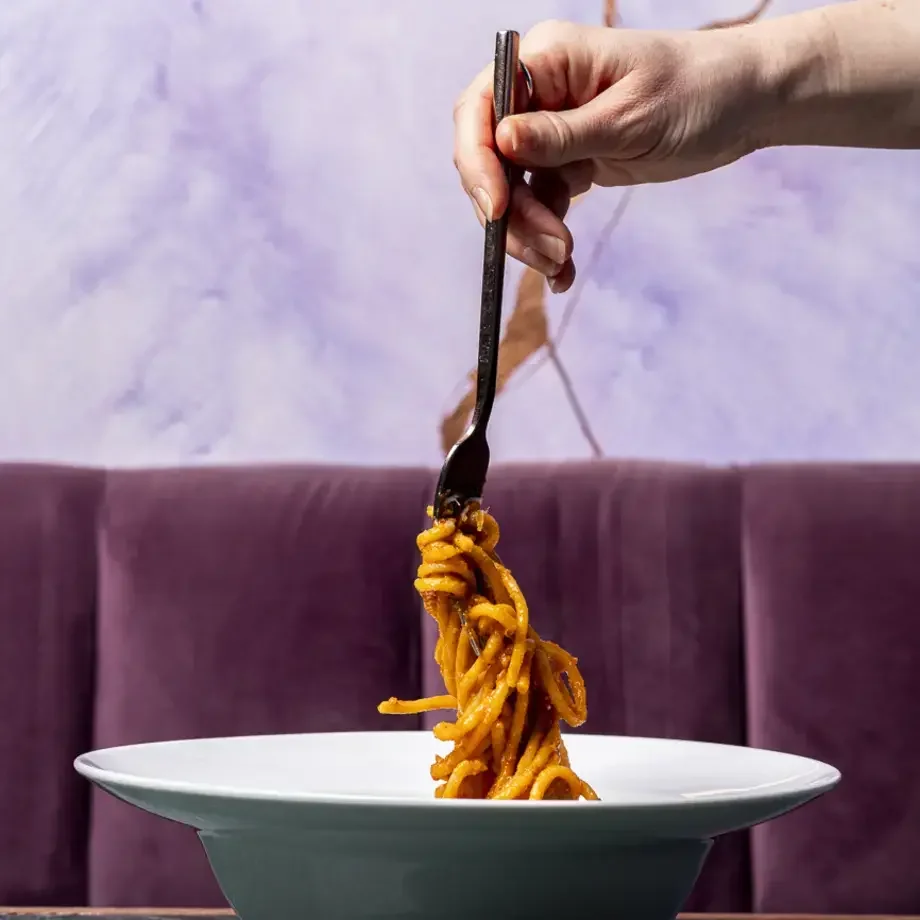There are some products and ingredients which, to a casual observer, may look identical, but a real gourmet knows better. Let’s take Prosciutto di Parma and Jamón Iberico de Bellota, for instance: they are both raw hams but entirely different. Both belong to the category of top quality cold cuts, both are eaten sliced and both are made from the leg of pork.
Prosciutto di Parma regales an initial on-palate sensation of sweetness. The leg must have a good surrounding layer of fat and, above all, a certain amount of internal veining which gives flavour to the cut slice. A correct percentage of fat ensures an ideal balance which makes all the difference to the end product. A salty ham is always a poor quality product, especially in the case of a PDO Parma ham. Its aroma must be that of cured meat and red fruits and, when placed in the mouth, it should melt on the tongue immediately without becoming dry. It is all a question of texture: quality ham has a soft velvety texture, it is neither soggy nor dry. It simply melts in the mouth.
The flavour of Jamón Iberico depends on the fact that pigs feed off acorns and are free to roam. The texture is tender, fatty and melt-in-the-mouth with aromas of wild herbs, mushroom and truffle which increase in intensity according to the age of the ham. The meat of Jamón Iberico is of a deep red colour, characterised by a pronounced scent of meadow grass and herbs. Its fat is particularly sapid and intense, especially when it melts at a temperature of 32-33°, which is why it should never be eaten cold. Its aftertaste is particularly persistent.
Pairings of Parma ham and Jamón Ibérico
Parma ham is perfect when served with melon or figs or used to fill a bread bun. Try it with a fresh cheese such as mozzarella or burrata, or simply eaten with breadsticks. It is an essential ingredient of the filling used to stuff tortellini. Purists will say Jamón Ibérico is strictly for eating on its own and has no other uses. The correct weight of an individual serving is around 50/60g. But if you are a renegade diner and like to break the rules, maybe you’ll shave some Jamón Ibérico onto toast drizzled with tomato juice and olive oil. Or you can slide poached eggs onto the jamón and toast. Alternatively, you can forgo the other ingredients and keep your Jamón Ibérico pure, but moisten your palate between nibbles with a dry sparkling wine like cava, or a fortified wine.



